Overdose Rates among American Youth Back on the Rise
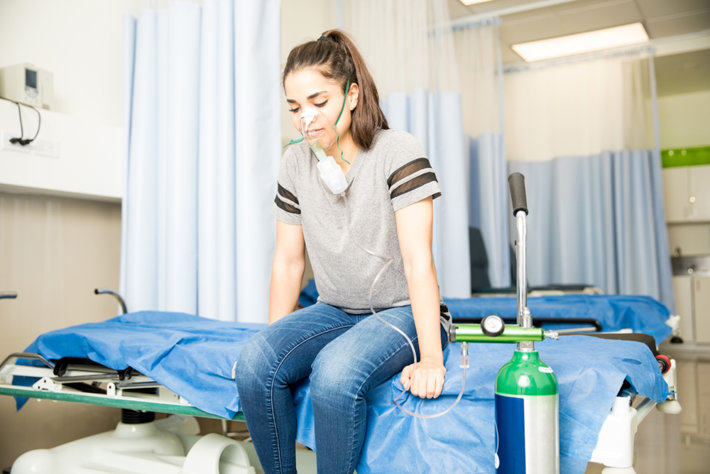
Hearing about the effects of our country’s drug addiction epidemic is difficult. It's never a pleasant subject to talk about. But, when we hear about drug addiction or alcoholism occurring in young people, that particular crisis carries with it an extra pang of sadness. Something about young people being harmed in any capacity is sure to elicit a powerful emotional response.
For most of the early 21st century, teen and young adult substance abuse statistics were receding. But recent reports are showing that drug-use rates among this age group are sadly on the rise once again. Such is an unfortunate omen for the future of our nation unless we can help young people overcome their substance abuse habits early on.
A Recent News Report Cites Increased Drug-Use Trends among Youth
New research shows that drug overdose deaths among young people are rising. That’s something to be concerned about. The most significant cause of the increase in death by far was opiates. According to research cited in the U.S. News article, opioid drug deaths among young people increased by about 5 percent every year from 2006 to 2013. And then the opioid death rate increased again, only this time by 15 percent each year from 2013 to 2015.
The U.S. News data comes from a recent research project completed by the Pacific Institute for Research and Evaluation, in Beltsville, Maryland. According to the research, the slow but steady increase in overdose deaths among young people is a direct reflection of the fact that young people have easier access to opioid pharmaceuticals than they once did. They start by experimenting with prescription opioids. They assume, falsely, that because pharmaceutical drugs are prescribed by doctors and consumed legally that they are “safe.” This couldn’t be further from the truth. Young people start by experimenting with these drugs, then they become addicted, and, when those pills become scarce, they move onto street opioids like heroin, fentanyl, etc.
Statistics from Other Research Organizations Verify the Problem
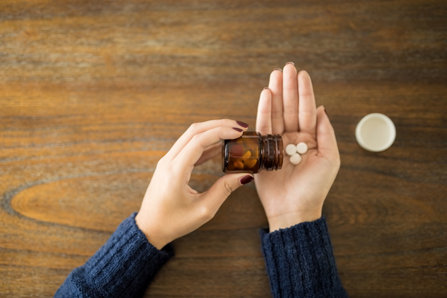
When we try to address a problem, we need to tackle the issue at its source. Top research organizations agree that, for young people, heavy drug abuse almost always begins with prescription drugs, and that would explain the relatively recent increase in young adult drug-use trends. We didn’t have such a mass proliferation of addictive medications in our country in prior years. The young adult generation of today is the first generation that will have grown up under constant exposure to addictive pharmaceuticals, including drugs like opioid pain relievers, psychotropic medications and ADHD meds. Even pharmaceutical steroids can be addictive.
According to the National Institute on Drug Abuse, “Young adults (age 18 to 25) are the biggest abusers of prescription (Rx) opioid pain relievers, ADHD stimulants, and anti-anxiety drugs….Six percent of 12- to 17- year-olds, 12 percent of 18- to 25- year-olds, and 5 percent of persons age 26 or older, used prescription drugs non-medically in the past year.”
NIDA researchers go on to discuss the fatality risk that young people face when they use pharmaceuticals. 1,700 youngsters died in 2014 from pills, an increase of 400 percent from 1999. That means about five teenagers are overdosing on pills and dying from them every day.
NIDA has more recent data for us, too. Statistics on overdose deaths for 2018 have not yet been published, but in 2017, 5,455 people between the ages of 15 and 24 died from drug overdoses. Pharmaceutical drugs caused almost half of those deaths.
And it’s not just the deaths among youngsters that are relevant. NIDA reports that, for every death due to prescription-drug use, about 22 young people enter treatment for a pill addiction, and about 199 young people go to the emergency room for a pill-related emergency.
The U.S. Department of Health and Human Services published an interesting report. They state that while overall drug-use trends among young people are receding, drug overdose deaths in this age group are increasing. That leads us to believe that young people are transitioning to more dangerous drugs. It is a silver lining that fewer young people are using drugs overall, but that silver lining is quickly stripped away when we consider that more young people are dying from experimenting with substances.
Why Are Young People Using Drugs?
That is the ultimate question. Why are young people experimenting with these drugs, in the first place?
The answer to this question is individual in the heart and mind of each person who uses substances. The reasoning is genuinely unique to the individual. Each person will need to get help through a residential treatment center to overcome their own, personal crisis.
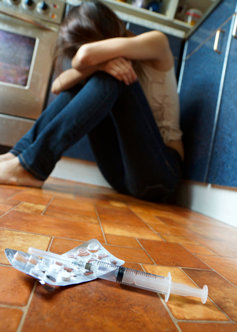
Some of the reasons why a young person might be inspired to experiment with pharmaceuticals are:
- Hardship within the home
- Peer pressure from “friends”
- Difficulty with self-confidence and personal image
- Sheer curiosity
- Ease of access to pills
- Trouble in one’s studies at school
- Physical pain due to injuries and other maladies
- Having parents who also misuse pills
- External pressures that seem too great
- Struggling with one’s job.
We have to nurture and protect our younger generations. No young person should feel inspired to experiment with mind-altering substances, even if those substances are legal. We need to make sure that all pharmaceuticals are kept under lock and key. Ideally, we wouldn’t even have these drugs in our home.
We also need to help our younger generation. We need to guide them through their formative years. There will be stress and difficulty in anyone’s adolescence. That is more or less unavoidable. But if a young person is so stressed and falling on such difficult times that they feel the need to seek out mind-altering drugs to cope with it all, this is a sign that they are missing the right levels of care and nurturing in their homes, in the schools they go to, and in their lives in general. We have to make sure our youth get the love and support that they need. And in the unfortunate event that they still fall into a substance abuse habit with pharmaceuticals, we have to make sure they have access to qualified, residential addiction treatment.
Sources:
- https://www.usnews.com/news/health-news/articles/2019-04-25/fatal-drug-ods-surging-among-young-americans
- https://www.jsad.com/doi/full/10.15288/jsad.2019.80.201
- https://www.drugabuse.gov/related-topics/trends-statistics/infographics/abuse-prescription-rx-drugs-affects-young-adults-most
- https://teens.drugabuse.gov/drug-facts/drug-overdoses-youth
- https://www.hhs.gov/ash/oah/adolescent-development/substance-use/drugs/opioids/index.html
Reviewed and Edited by Claire Pinelli, ICAADC, CCS, LADC, RAS, MCAP
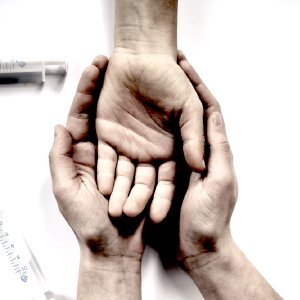
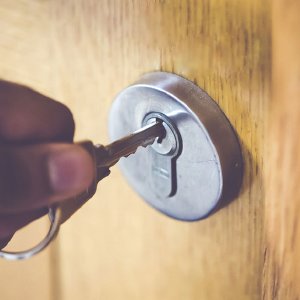
 ®
®